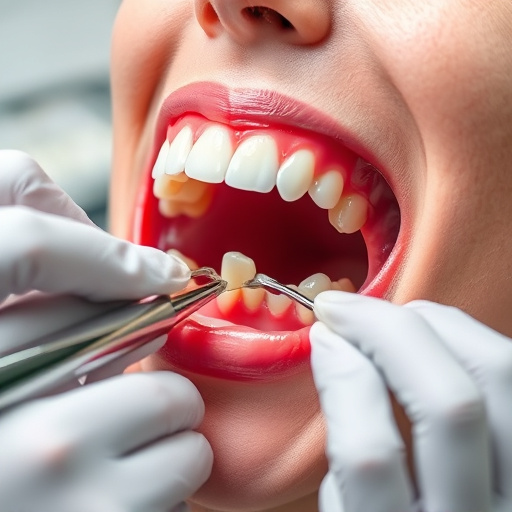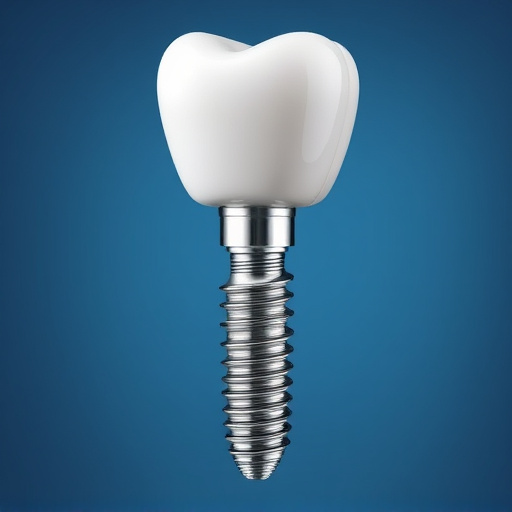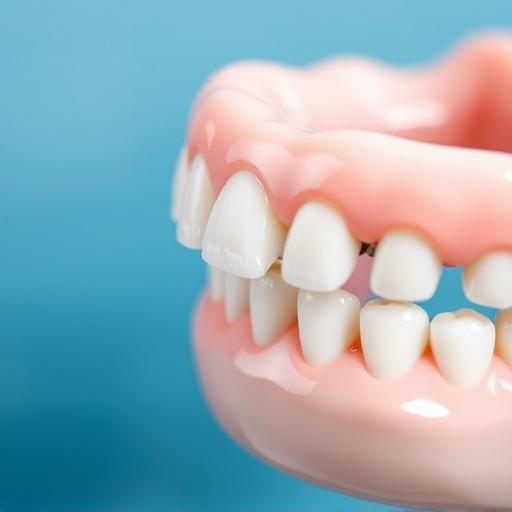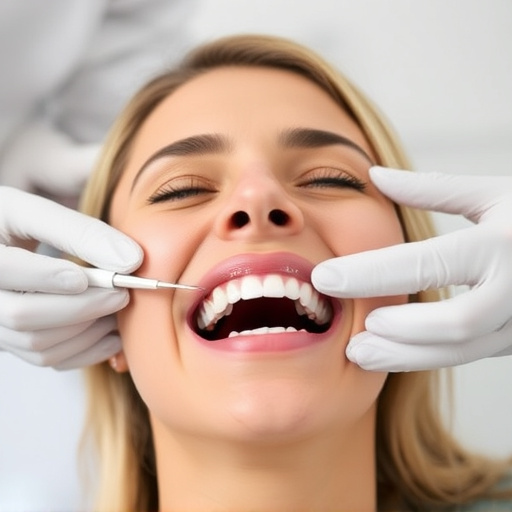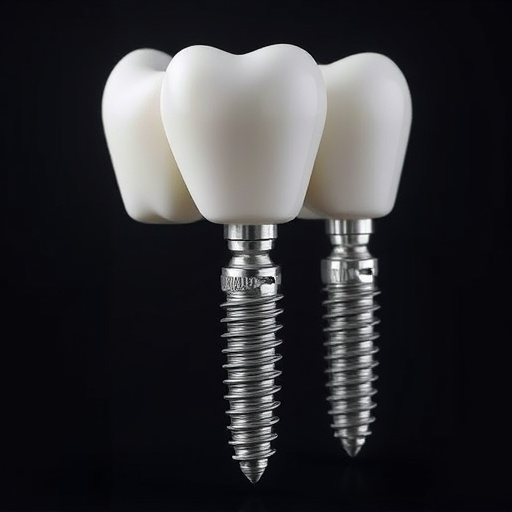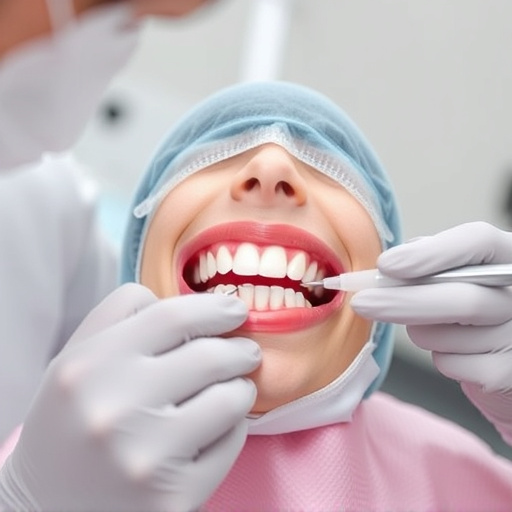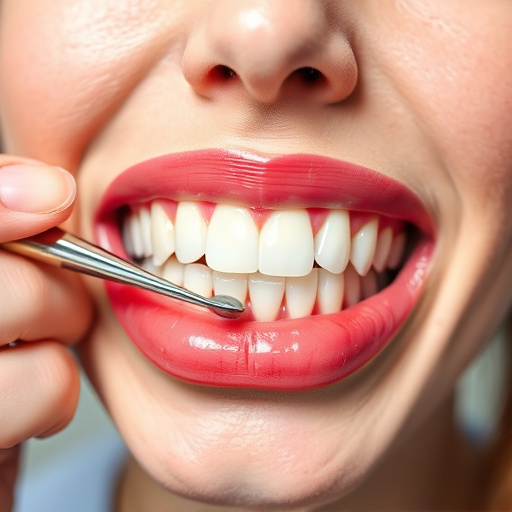Digital dental x-rays have revolutionized comprehensive dental care, offering clearer images, enhanced diagnostic accuracy, and faster treatment planning. They facilitate detection of subtle anomalies like tooth decay and gum disease, and aid in emergency situations with traumatic injuries. Digital technology provides superior image quality while reducing radiation exposure, allowing for easy storage, sharing, and access to patient records. Best practices include proper patient positioning, protective shielding, and regular equipment maintenance to ensure safe and effective use of digital dental x-rays.
Digital dental X-rays are transforming routine and emergency visits, offering a clearer view of oral health with instant, high-resolution images. This advanced technology provides numerous advantages over traditional film radiography, from reduced exposure to radiation to faster, easier sharing and storage of patient records. Learn how digital X-rays enhance dental care, ensure safe and effective use, and contribute to better patient outcomes.
- Enhancing Dental Care: Digital X-Rays' Role
- Advantages Over Traditional Film Radiography
- Best Practices for Safe and Effective Use
Enhancing Dental Care: Digital X-Rays' Role
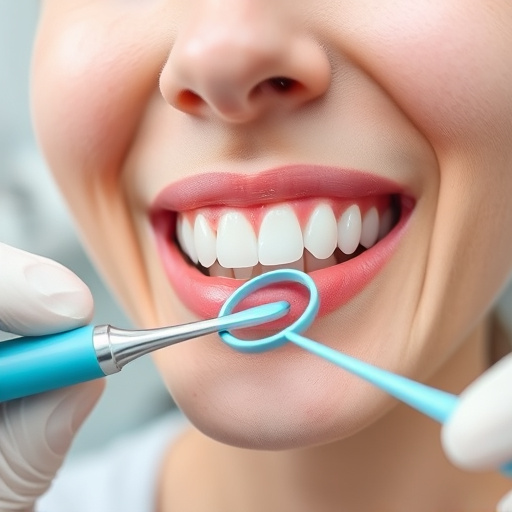
Digital dental x-rays have revolutionized comprehensive dental care, providing clearer and more detailed images than traditional film radiography. This advanced technology plays a pivotal role in enhancing diagnostic accuracy, enabling dentists to detect even the subtlest anomalies that might be missed with conventional methods. With digital x-rays, practitioners can swiftly identify issues like tooth decay, gum disease, or abnormalities in dental implants, allowing for prompt and effective treatment planning.
Moreover, these innovative images offer a window into the oral health landscape, aiding not only in routine check-ups but also in emergency situations. During emergency visits, digital x-rays enable dentists to swiftly assess traumatic injuries, such as fractured teeth or facial bone fractures, facilitating rapid intervention. This technology’s ability to capture precise and instant visual feedback empowers dental professionals to deliver top-tier cosmetic dentistry services, ensuring optimal oral health outcomes for patients.
Advantages Over Traditional Film Radiography
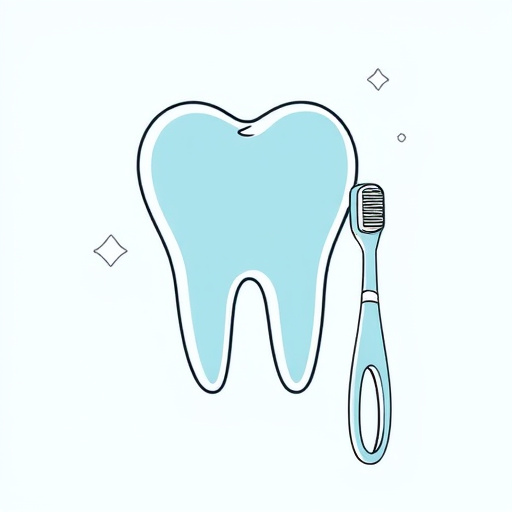
Digital dental X-rays offer a significant leap forward compared to traditional film radiography, providing numerous advantages that enhance both routine and emergency dental care. One of the most notable benefits is improved efficiency. Digital sensors capture images instantly, allowing dentists to review them on high-resolution screens almost immediately. This real-time visibility enables faster diagnosis and treatment planning, which is crucial in time-sensitive situations.
Furthermore, digital X-rays offer superior image quality, making it easier for dental professionals to detect even the subtlest anomalies. Unlike film radiography, digital imaging reduces the need for multiple exposures, minimizing radiation exposure for both patients and dental staff. This aspect is particularly important when considering long-term patient safety, especially during routine check-ups where frequent X-rays may be required. Additionally, digital records can be easily stored, shared, and accessed, facilitating seamless continuity of care, whether a patient requires restorative dentistry like dental bonding or aligns with clear aligners for straightening teeth.
Best Practices for Safe and Effective Use
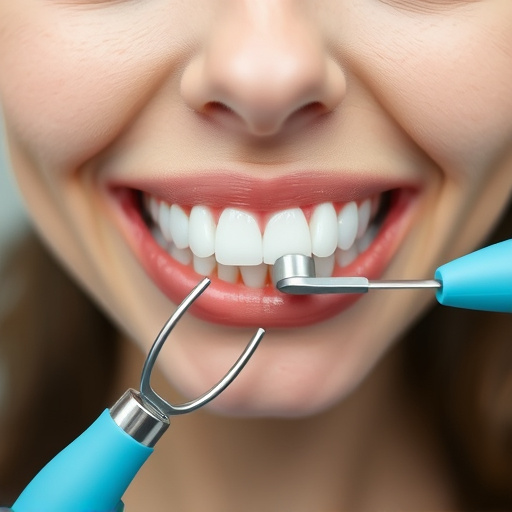
When utilizing digital dental X-rays, adhering to best practices ensures safe and effective use. Firstly, proper patient positioning is crucial for acquiring clear images, minimizing radiation exposure, and enhancing diagnostic accuracy. Dentists should ensure patients are comfortable and properly positioned during the procedure. Additionally, using appropriate shielding, such as lead aprons, protects both patients and dental professionals from unnecessary radiation exposure.
Regular maintenance and calibration of digital X-ray equipment are essential. This includes checking for proper image quality, ensuring software functionality, and updating hardware regularly. For instance, when dealing with procedures like wisdom tooth removal or planning restorative dentistry treatments including dental implants, high-quality digital X-rays provide precise information, enabling dentists to make informed decisions without relying solely on visual inspection.
Digital dental X-rays have revolutionized routine and emergency visits, offering enhanced precision and safety compared to traditional film radiography. By adopting best practices for their safe and effective use, dental professionals can leverage the advantages of digital technology to improve patient outcomes and streamline their workflows. The future of dental care benefits greatly from this innovative tool.








